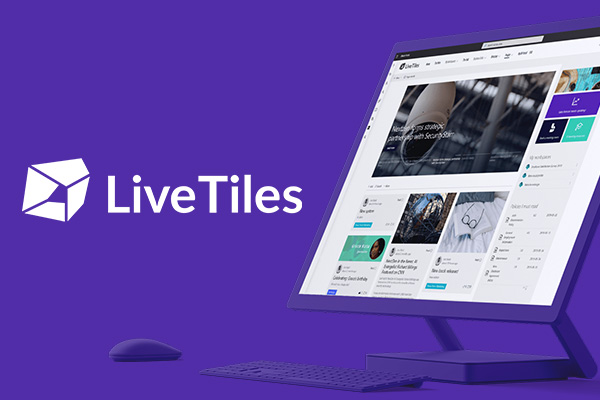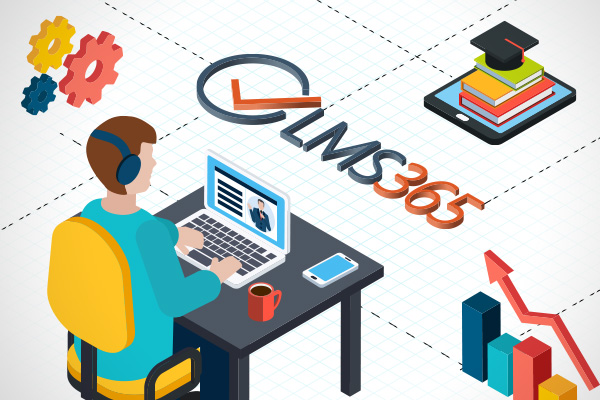
LiveTiles named a strong performer among the 12 most significant providers in the intranet platform category.
We are delighted that our partner LiveTiles is identified as one of the strong performers in the intranet category in the Forrester Waveâ„¢: Intranet Platforms report, Q2 2020





